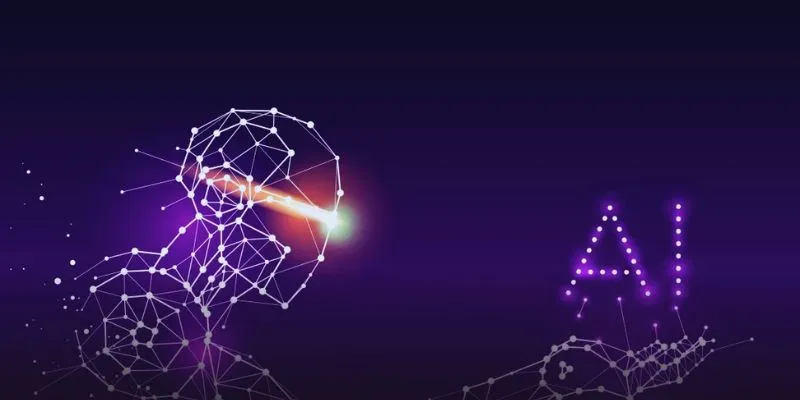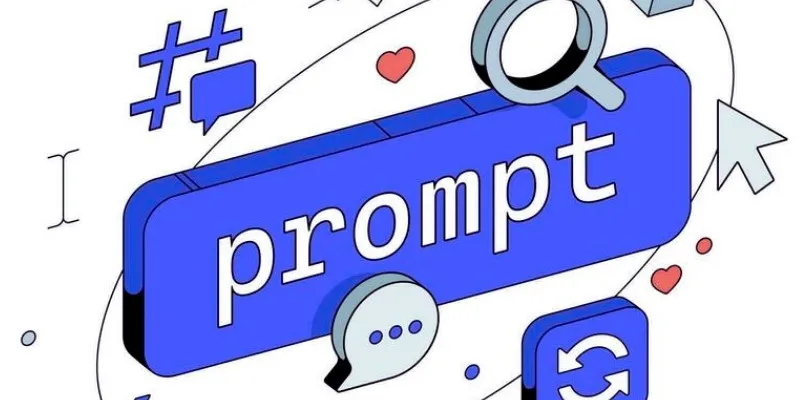Gradio has evolved significantly from its initial release, becoming an essential tool for creating machine learning demos with minimal effort. Whether you’re a researcher showcasing your latest model or someone exploring AI packaging for the public, Gradio is likely on your radar. With the release of Gradio 3.0, the experience has become even smoother.
This update emphasizes practical improvements that address real-world bottlenecks faced by developers and AI enthusiasts. Let’s explore the changes, the constants, and how this version might save you more time than expected.
A Clean, Unified Interface
One of the standout updates in Gradio 3.0 is its redesigned interface. It’s not just about aesthetics—it provides a consistent experience across different workflows. Previous versions had quirks that made switching between components or embedding them feel clunky. Those have been smoothed out. Whether embedding a model demo into a webpage or launching it locally, the layout behaves consistently, reducing confusion and easing project handoffs.
The workspace is now more intuitive, adapting better to different screen sizes and mobile views. Components are better aligned, and interactions feel more natural. For example, sliders, dropdowns, and buttons behave predictably across browsers and systems. These tweaks might seem minor, but for those who have used Gradio under pressure, the improvements are immediately noticeable.
The New App Mode
A highlight feature of Gradio 3.0 is the “App Mode.” Previously, Gradio demos were framed around individual inputs and outputs, which worked well for quick experiments but fell short for more complex interfaces.

App Mode now allows you to build interfaces that look and feel like full applications. You’re no longer confined to vertical component stacks; you can design layouts with columns, rows, tabs, and navigation flows. This opens opportunities to create polished, production-ready tools within Gradio, eliminating the need to switch to frameworks like Flask, Streamlit, or React.
For those building tools for non-technical teams or the public, this means maintaining Gradio’s simplicity while delivering a professional-looking product. You gain layout control without losing the low-code advantage.
Seamless Integration with Hugging Face and Python Ecosystem
Gradio 3.0 enhances its integration with the Hugging Face ecosystem, where it’s already widely used. With minimal effort, your Gradio app can be deployed to the Hugging Face Spaces platform. The deployment process is now more stable, with fewer moving parts and better documentation.
Beyond Hugging Face, Gradio 3.0 offers better compatibility with the broader Python stack. The release improves handling for functions returning multiple outputs, making it easier to chain model stages or run multi-step interfaces. Gradio works seamlessly with popular libraries like TensorFlow, PyTorch, and scikit-learn, and the changes reduce boilerplate code, making preprocessing and postprocessing less cumbersome.
Another technical advancement is faster startup times, especially for complex interfaces. This efficiency is crucial if you’re deploying multiple demos or integrating AI into environments with minimal downtime tolerance.
Enhanced Reliability, Documentation, and Developer Experience
Behind the scenes, Gradio 3.0 includes numerous bug fixes, improved logging, and consistent behavior. The team has addressed edge cases where components used to break silently or act unpredictably.

The documentation has been rewritten and reorganized for easier navigation. Whether finding specific component behavior or understanding file inputs, the improved documentation offers complete code examples and adaptable use cases. This enhancement is crucial for developers using Gradio in high-stakes environments like live demos, investor meetings, and classrooms.
For those working with models requiring hardware acceleration, GPU-backed deployment support is now more predictable. Gradio 3.0 provides clearer error messages and fallback options when GPUs aren’t available.
Error handling has also improved; if a model fails to load or receives unexpected input, the interface responds with clearer messages instead of freezing. This reliability is essential when demoing models that rely on third-party APIs or produce unpredictable outputs.
Conclusion
Gradio 3.0 significantly enhances how developers can present machine learning models with less effort and greater flexibility. The updated interface, App Mode, improved Python and Hugging Face integration, and enhanced reliability all indicate a tool that’s advancing while remaining user-friendly. Instead of overhauling everything, Gradio refines what already works, removing friction and adding polish where it matters. It’s not about introducing big new features—it’s about making the whole experience smoother, more stable, and ready for real-world use.
 zfn9
zfn9











